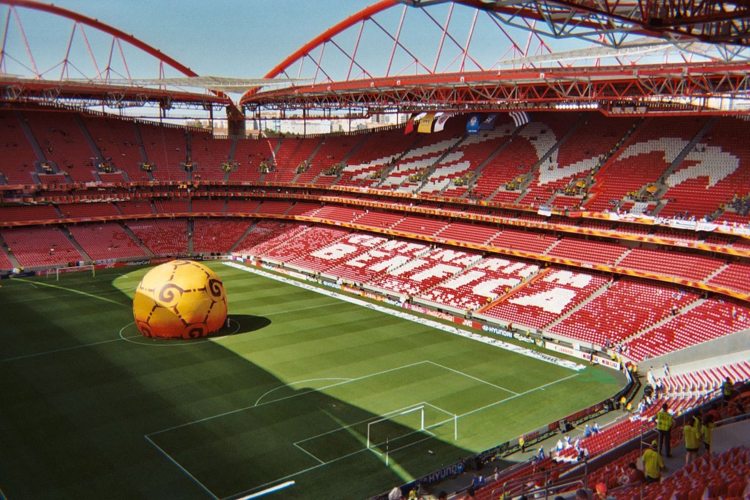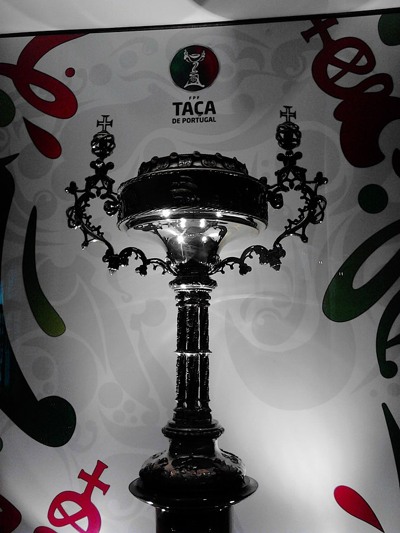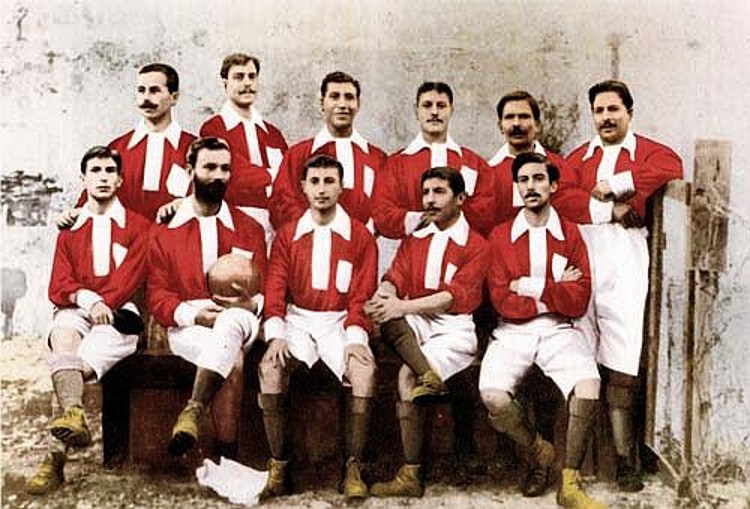Primeira Liga Stadiums & Stats

The Primeira Liga is the top division of the Portuguese football pyramid. It is currently known as Liga NOS because of sponsorship.
Organised by the Liga Portuguesa de Futebol Profissional, or LPFP, it features eighteen teams playing each other twice in the standard format.
However, the glory is not often shared outside of a select few teams.
The league was actually founded as an experiment back in 1934, not becoming an official entity until 1938 when it was named the Primeira Divisão.
That name remained until 1999 when it took on its current name, Primeira Liga.
In this section of the website, you’ll have the chance to learn about the different stadiums you’ll find in the league as well as how it is structured, plus some of the history of Portuguese football’s top-flight.
Stadium Stats
| Stadium | Year Opened | Capacity | Ave Attendance | Record Attendance | Record Attendance Match |
|---|---|---|---|---|---|
|
Estadio da Luz
Benfica |
2003 | 64642 | 38250 | 65400 | Benfica v Nacional (2003) |
|
Estádio do Dragão
FC Porto |
2003 | 50035 | 31653 | 52000 | Porto v Barcelona (2003) |
|
Estadio Jose Alvalade
Sporting CP |
2003 | 50095 | 39988 | 49699 | Sporting CP v Benfica (2016) |
Team Stats
| Team | Year Founded | Nickname | Team Owner |
|---|---|---|---|
| Benfica | 1904 | Águias, Encarnados, Glorioso | S.L. Benfica S.A.D. |
| FC Porto | 1893 | Dragões, Azuis e brancos | Fan Owned |
| Sporting Club de Portugal | 1906 | Leões, Verdes e Brancos | Sporting Clube de Portugal Futebol SAD (Sporting) |
Primeira Liga Stadiums

Football is the most popular sport in Portugal by some distance, but we’d be lying if we suggested that all of the stadiums in the country are modern day behemoths, towering over the cities and towns that house them. In fact, there are only really three mega-structure type stadiums in the country and they belong, not coincidentally, to the country’s three most successful clubs.
Benfica’s Estádio do Sport Lisboa e Benfica can house an impressive 65,000+ spectators, with Porto’s Estádio do Dragão capable of welcoming just shy of 51,000 people, and Sporting Lisbon’s Estádio José Alvalade only a few hundred fewer. You then see a drop off of roughly 20,000 to the next largest club stadium, which is reflective of the fact that the richest teams are most capable of producing impressive home grounds.
As you’d expect from an Iberian country, the grounds of Primeira Liga teams typically tend to be designed to take advantage of the good weather the country enjoys on a regular basis. This can give them the look of undeveloped stadiums owing to the lack of cover on some of the grandstands but that’s often not the case. Good facilities are available but it isn’t necessary to make too big a deal out of them as most fans are happy to sit and soak up the sun whilst they watch their team perform. Some grounds are covered all the way around, but it is rare, and it’s rarer still for stadiums to have an ‘English Style’ design to them, instead opting for the ‘European Style’ of a bowl of continuous seating around the football pitch.
About The League

Prior to the 2014-2015 season there were sixteen teams competing in the Portuguese top-flight. Then it was changed to eighteen in order to make the league more competitive, in spite of the fact that since it was formed in 1938 it has only been won by a team outside of the ‘big three’ (Benfica, Sporting Lisbon, and Porto) on two occasions. The first came in the 1945-1946 season when Belenenses walked away with the title and the most recent occurrence was in 2000-2001 when Boavista won it.
The league proceeds in a standard format, with each team playing every other team twice: Once at home and once away. Three points are awarded for a win, none for a loss and one point is given to each team if they draw the match. At the end of the season each team has played thirty-four games and the lowest two are automatically relegated to the Segunda Liga and replaced by the top two non-reserve teams from the second-tier league. We say ‘non-reserve team’ as many of the big teams in the Primeira Liga have reserve teams that play in the Segunda Liga, but for obvious reasons, they’re not eligible for promotion.
The teams that finish first and second in the Primeira Liga qualify directly for the UEFA Champions League group stage. The team that finishes third enters the same competition’s playoffs. The teams that finish fourth and fifth enter the UEFA Europa League at the group stage along with the winners of the Taça de Portugal cup. The only time that is not the case is if the cup winners have already qualified for the Champions League via the league itself.
Primeira Liga History

Even though the top-flight in Portugal wasn’t officially formed until 1938 it had existed in an experimental format before that. The winner of this unofficial competition was named as league champions’, but in actual fact, another competition was more popular. Alongside the league was the ‘Championship of Portugal’, a knock-out cup that decided who would be the Portuguese champion.
In 1938 the Campeonato Nacional da Primeira Divisão was formed as a round-robin competition in order to become Portugal’s official football league. In an ominous sign of what was to come, Porto won the first version of the tournament and then successfully defended the trophy the following year. Back then there were only eight clubs taking part, which expanded to ten teams for the 1941-1942 season. Later in the same campaign, it was expanded to twelve teams for administrative reasons.
The early period of the league was actually a regional championship but this format was abandoned for the 1946-1947 season in favour of a more typical pyramid system. The Primeira Divisão was followed by the Segunda Divisão and Terceira Divisão, with relegation and promotion allowing teams to move between them according to their league finish at the end of the season. The re-branding of the league came in 1999 when the Portuguese League for Professional Football took over the running of the top-flight, re-naming it the Campeonato Nacional da Primeira Liga or, more simply, the Primeira Liga.
Os Três Grandes, or ‘The Big Three’, have completely dominated the league since its inception. At the time of writing, Benfica are the all-time champions, having won thirty-seven league titles. Porto have won twenty-nine and Sporting Lisbon trailing behind with eighteen – and it’s been more than ten years since Sporting took home the trophy. The dominance of these three teams over the top-flight has led many Portuguese football supporters to consider one of the three to be their ‘first team’, then picking a more local team to support alongside.
